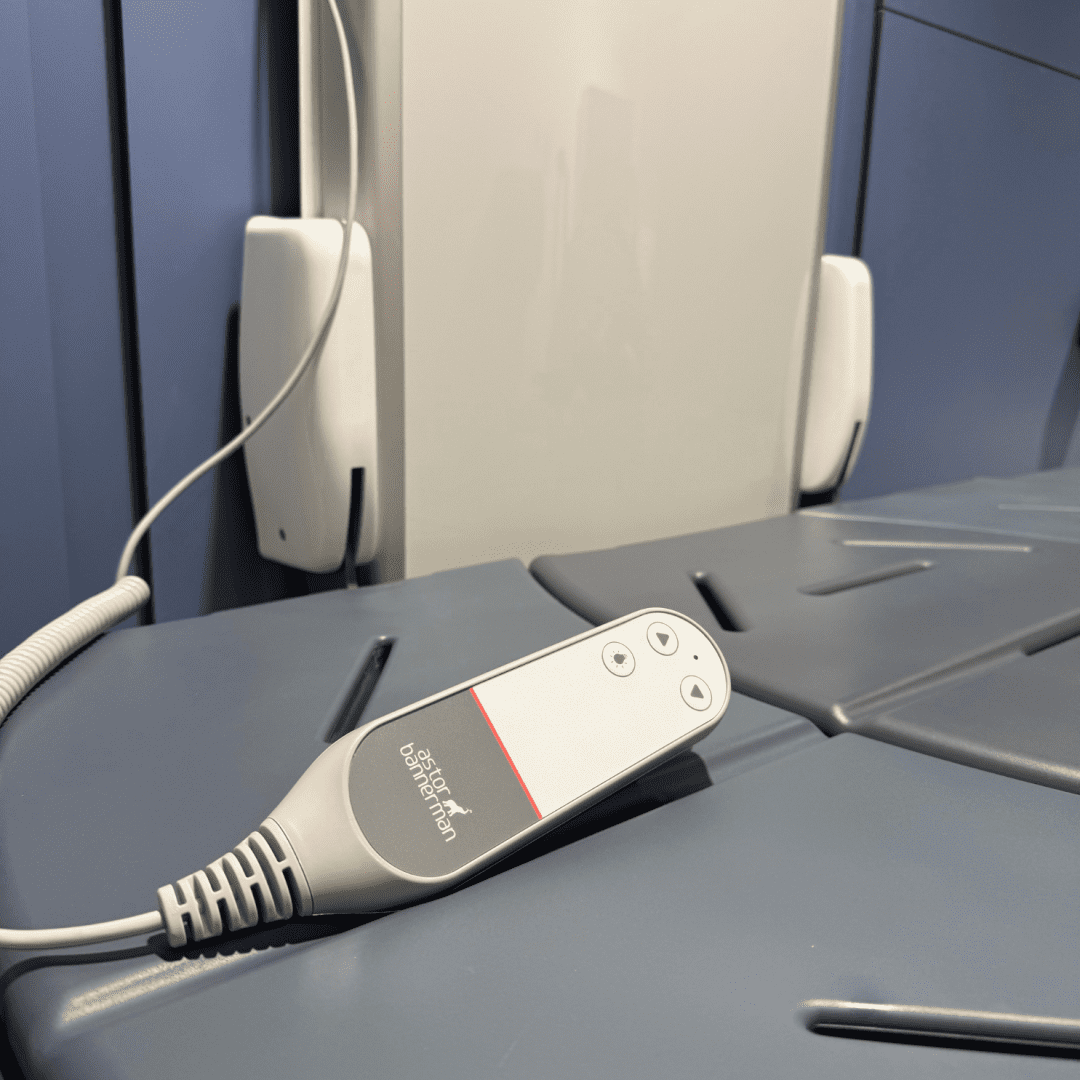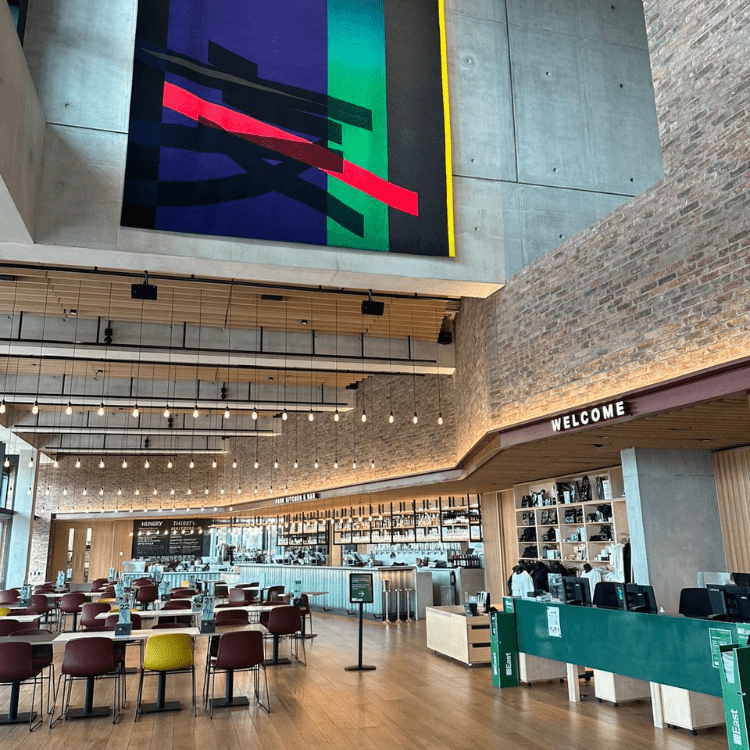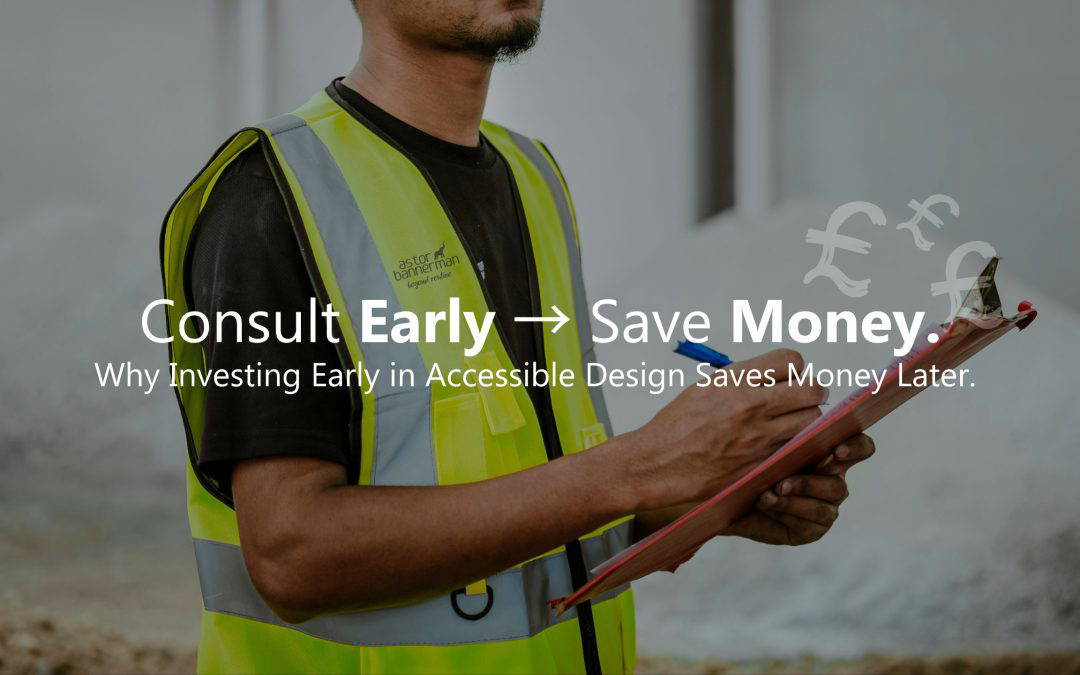Considerations
When Changing Places or School Hygiene Rooms are added late in a project, it almost always costs significantly more than if they were included at design stage. Retrofitting can involve:
-
Structural changes above ceilings, to walls and services
-
Relocating drainage and electrical points
-
Reworking HVAC and water supplies
-
Project delays and disruption to existing operations
In contrast, integrating accessibility from day one costs far less and ensures that the facility works with the overall building flow — not against it.
According to the UK government’s Changing Places programme, retrofitting can cost up to 50% more than building a compliant space into new projects. Early engagement saves money, time, and frustration for everyone involved.

Accessibility is an investment that brings value over time.
When a Changing Places or Hygiene Room is properly specified and built to last, the benefits ripple throughout the building’s lifecycle:
-
Reduced maintenance costs thanks to robust, high-quality equipment.
-
Longer product lifespan when equipment is installed to manufacturer guidance.
-
Lower replacement and upgrade costs because of bespoke UK manufacturing and reliable parts.
-
Higher user satisfaction — facilities are used more often and kept in better condition when they’re designed well.
This means less time managing complaints, fewer refurbishments, and more public confidence in your facility.

The Reputational ROI
Beyond cost, the reputational benefits of inclusivity are their own rewarding, and valuable, return on investment.
Buildings that include well-designed accessible facilities attract a wider audience and make a statement about their values. Whether it’s a school, care home, leisure venue, or transport hub — users remember a space where they felt they were afforded dignity without barriers. (when a space is inclusive and dignified.)
Failing to provide suitable Changing Places or Hygiene Rooms can lead to negative press, accessibility audits, or even lost contracts; if the DfE outline for Hygiene Rooms and accessibility isn’t met on their projects, they can withdraw funding.
But forward-thinking developers and architects who get it right are seen as inclusive leaders — often winning more work as a result.

Changing Places vs Hygiene Rooms: Choosing the Right Facility
A common issue we see is specifying the wrong type of facility for the setting.
-
Changing Places: Designed for public venues and transport hubs; they must meet the requirements of BS 8300 and Building Regulations Part M, including a ceiling track hoist, adult-sized changing bench, and plenty of turning space.
-
Hygiene Rooms: Typically used in schools and care settings; they don’t require the full Changing Places specification but should include a ceiling hoist with full room access, a height-adjustable changing bench, and hand-washing facilities in line with Building Bulletins 103 and 104.
Understanding this distinction early on helps specifiers avoid unnecessary cost while still meeting the needs of their users.
How Astor Bannerman Supports Cost-Effective Accessible Design

As a UK manufacturer with over 30 years’ experience, we provide tailored support at every stage of the design process — ensuring accessibility is right the first time.
We offer:
-
Free, no-obligation site surveys and assessments
-
Drawing reviews to help architects plan optimised layouts
-
CPD training on Changing Places and School Hygiene Rooms
-
Product demonstrations and design consultations — available in person or online
-
Bespoke equipment designed and built in the UK, ensuring long-term value and easy maintenance
The Takeaway
Early investment in accessibility isn’t just ethical — it’s economical.
By engaging specialists at the concept stage, architects and project managers can save on retrofit costs, meet compliance more easily, and deliver facilities that truly serve their communities for decades to come.
When you design inclusively from the start, you don’t just tick boxes — you build places that work for everyone.
Case Studies
Ready to Plan Your Next Accessible Project?
Get in touch with the Astor Bannerman team to arrange a free site survey or CPD session and see how early engagement can save costs while enhancing design.





